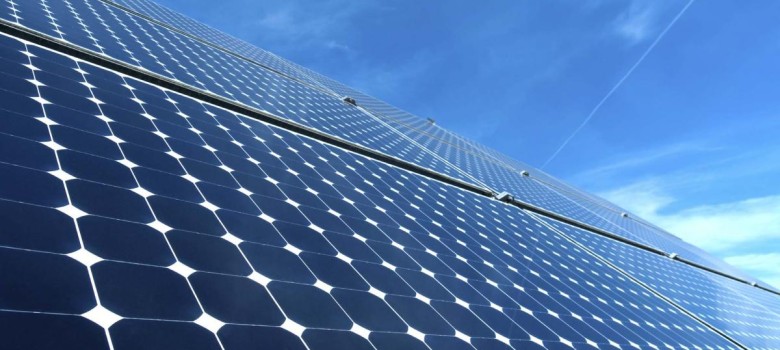Switching to solar energy offers numerous benefits, from reducing carbon footprints to long-term savings on electricity bills. Installing a 5 kW photovoltaic PV panel kit is a practical step towards harnessing renewable energy for your home or business. This comprehensive guide walks you through the process, from planning to installation, ensuring a smooth transition to sustainable power.
Understanding Your Energy Needs
Before diving into installation, assess your energy consumption and requirements. A 5 kW PV system typically generates around 5000 kWh annually, enough to power a medium-sized household or small business. Calculate your daily energy usage to determine the number of panels needed. Selecting the optimal location for your solar panels is crucial for efficiency. Ideally, install panels on a south-facing roof with minimal shading throughout the day. Ensure the roof structure can support the weight of the panels and consider local regulations and aesthetics when determining placement of kit panouri fotovoltaice 5 kw pret. A 5 kW PV kit typically includes solar panels, inverters, mounting hardware, and wiring. Monocrystalline panels are efficient and space-saving, while inverters convert DC electricity from panels into AC electricity for household use. Quality components ensure reliability and maximize energy output. Check local regulations and obtain necessary permits before installation. Regulations may dictate panel placement, electrical codes, and grid connection requirements. Consulting with a licensed installer ensures compliance and avoids potential legal issues.

Installation Process
Begin installation by mounting the racking system securely to your roof. Position panels according to design specifications, ensuring correct alignment and spacing. Connect panels in series or parallel, following manufacturer guidelines for optimal performance. After mounting panels, wire them to the inverter and electrical panel. Use appropriate cables and connectors to maintain efficiency and safety. A qualified electrician should perform electrical connections to prevent hazards and ensure compliance with building codes. Once wired, connect the inverter to the electrical grid through a net metering arrangement. This allows excess electricity generated to be fed back into the grid, offsetting utility costs. Install monitoring equipment to track system performance and troubleshoot issues promptly. Regular maintenance ensures the longevity and efficiency of your PV system. Clean panels periodically to remove debris and maximize sunlight absorption. Monitor inverters and electrical connections for signs of wear or malfunction, addressing issues promptly to prevent downtime.
Financial Incentives and Returns
Explore available financial incentives, such as tax credits and rebates, to offset installation costs and accelerate return on investment. Calculate potential savings on electricity bills over the system’s lifespan to evaluate long-term financial benefits. By switching to solar power, reduce carbon emissions and contribute to environmental sustainability. Solar energy reduces reliance on fossil fuels, mitigating climate change impacts and promoting a cleaner future for generations to come. Installing a 5 kW PV panel kit empowers homeowners and businesses to embrace sustainable energy solutions. From planning and installation to maintenance and financial considerations, this guide equips you with the knowledge needed to harness the sun’s power effectively. Embrace renewable energy and pave the way towards a greener, more sustainable future.

